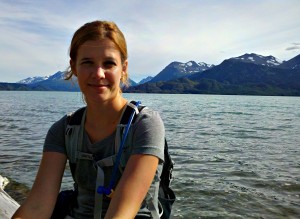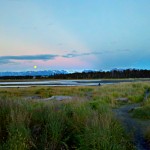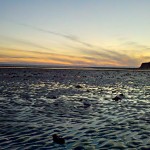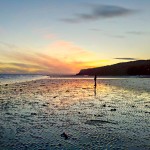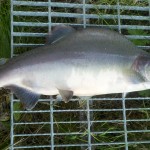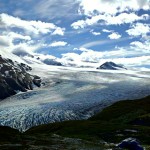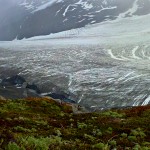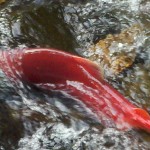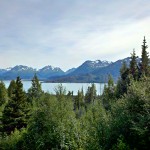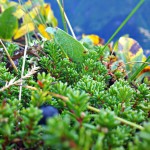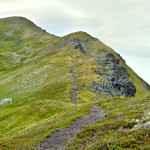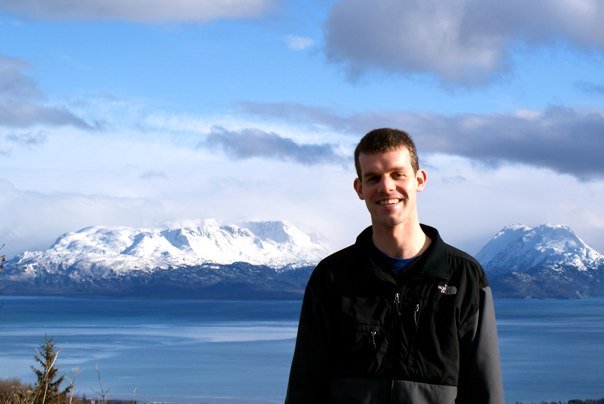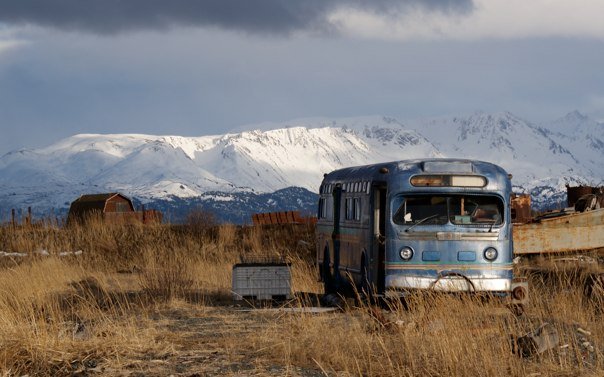Howdy, my name is Kanishka Garvin, and I’m currently an R3 and just finished my WWAMI rotation at the Alaska Native Medical Center in Anchorage. It was a great experience and strongly encourage anyone interested to do it.
The rotation had been primarily a hospitalist rotation, though now, they have opened opportunities for more critical care experience by adding an intensivist rotation as well as a clinic/outpatient component. You can choose one of the three exclusively or do some combination. The experience is whatever you make it of it. (FYI, they provide you with free housing and car rental.) I chose only the hospitalist component. You rotate with a different attending each week and usually carry 4-6 patients of your own. When you change attendings, you carry those patients with you for continuity. The attendings are great teachers and have been at ANMC for a long time. They really like UW residents and enjoy teaching. They give you full autonomy with your patients. You round by yourself and usually touch base with your attending if you have any questions later in the morning. The hours are usually 8:30 to 4 (very flexible, no overnight call obviously) unless your attending is admitting that day, then you stay a little later til 6 or 7. (this is only once a week.) You do work one weekend but they give you a 4-day weekend to make up for that. (which is great for long travels into Alaska).
The medical center itself is a beautiful facility with a unique patient population. It is a referral center exclusively for the Alaska Native population and you will frequently meet patients from the Arctic Circle, the Aleutian Islands, or somewhere else in the middle of nowhere. I’ve learned a ton about a variety of Native cultures and some of the medical issues related to them. There is a lot of bread and butter here with a lot of alcohol-related issues (dilated cardiomyopathy, GI bleeds, etc. ) However, there are fair number of cases you will see here not in the lower 48 states. There is a high prevelance of post-partum cardiomyopathy in Native women which you will take care of. In addition, there are a high prevelance of infectious diseases unique to here due to the dietary and hunting pratices of Alaska
Natives. They include botulism (the highest anywhere in North America), echinococcosis, and trichinosis (from bear/walrus meat).
Alaska is probably one of the most scenic places I’ve been. I think Washington State and the rest of the Northwest pale in comparison. I recommend coming between April and September for good weather and daylight. Anchorage itself is like any other American town with everything you need, though surprisingly diverse. You can still retain some of the ethnic fare from Seattle with decent Thai and Indian but there are a lot of good local restaurants and bars for that “Alaska” experience. There is a nice downtown area and tons of parks around for cycling or hiking. And it’s not unusual to encounter a moose or two since they are everywhere. The best thing about Anchorage is that it is a great launch pad to visit the rest of Alaska. I was able to go north to Denali National Park (use your long weekend for that) which was only 4-5 hrs away. If it’s a clear day, one of the most scenic places in the world with Mt. McKinley and tons of wildlife. I saw grizzly bears, moose, caribou, coyotes, and even a lynx. You could even go further north to Fairbanks and beyond to the Arctic Circle. Then, to the south of Anchorage, there are a lot of places to go on the Kenai Peninsula. I went to Whittier (1 hr) for glacier viewing and to the coastal town of Seward (2.5 hrs) where I saw killer whales, sea lions, and other wildlife in the ocean. Homer is another coastal town (6 hrs) that would be a good overnight trip to launch from Anchorage, and you could stop in Soldotna (3 hrs) or other towns along the way.
In conclusion, I had a great month getting to experience Alaska. And my clinical experience was fantastic both from a medical and cultural standpoint. I highly recommend this WWAMI site! Please feel free to contact me with any questions.
-
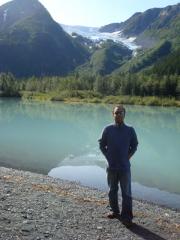
-
South of Anchorage
-
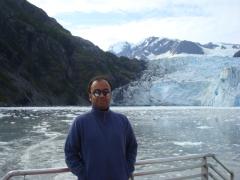
-
Glaciers near Whittier, AK
-
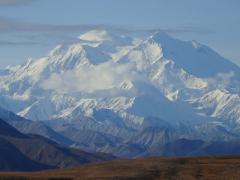
-
Mt. McKinley
-
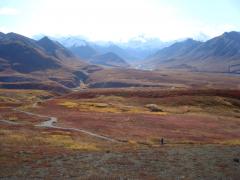
-
Denali National Park
-
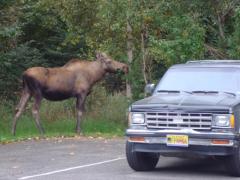
-
Moose near my apartment
